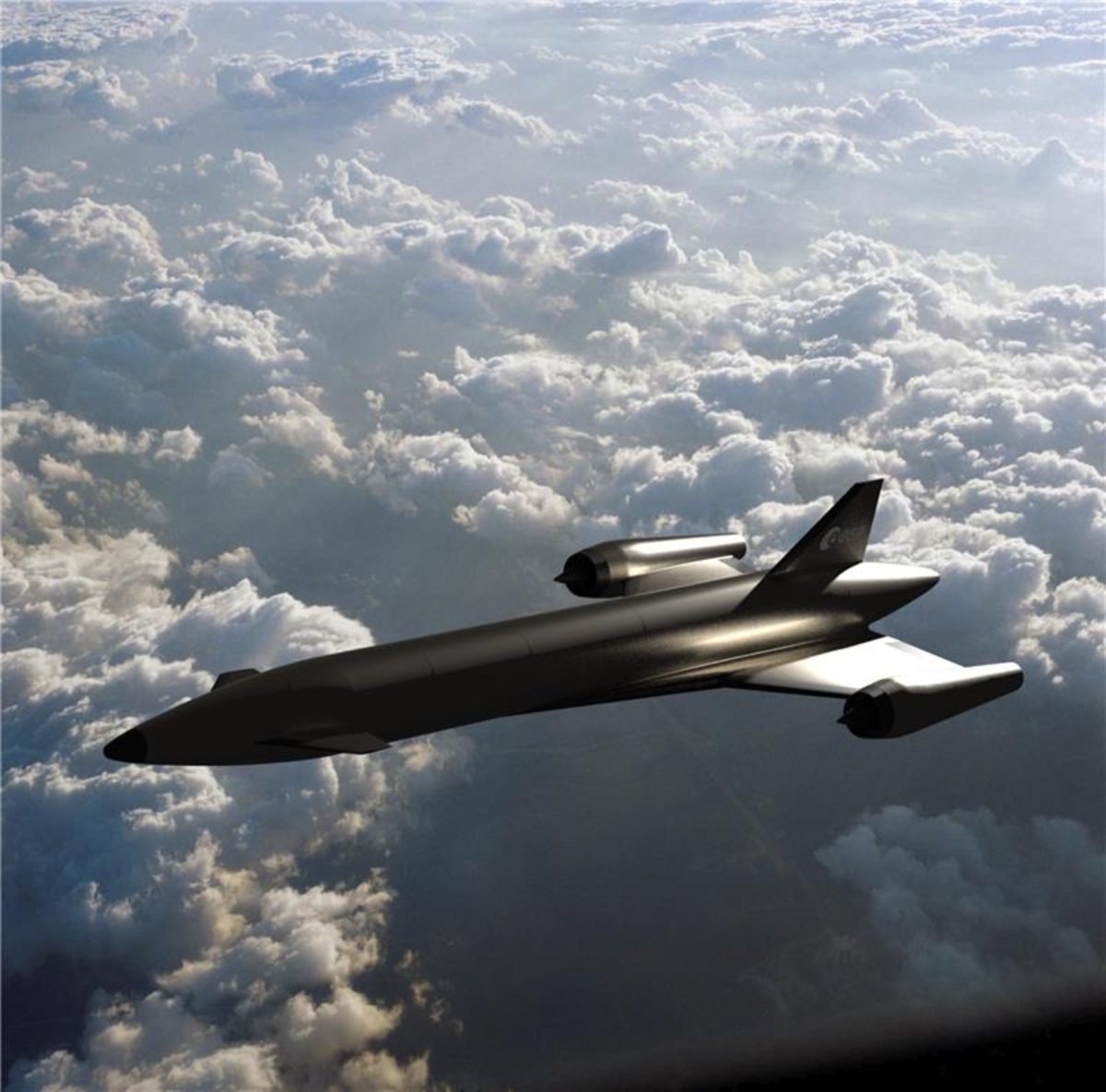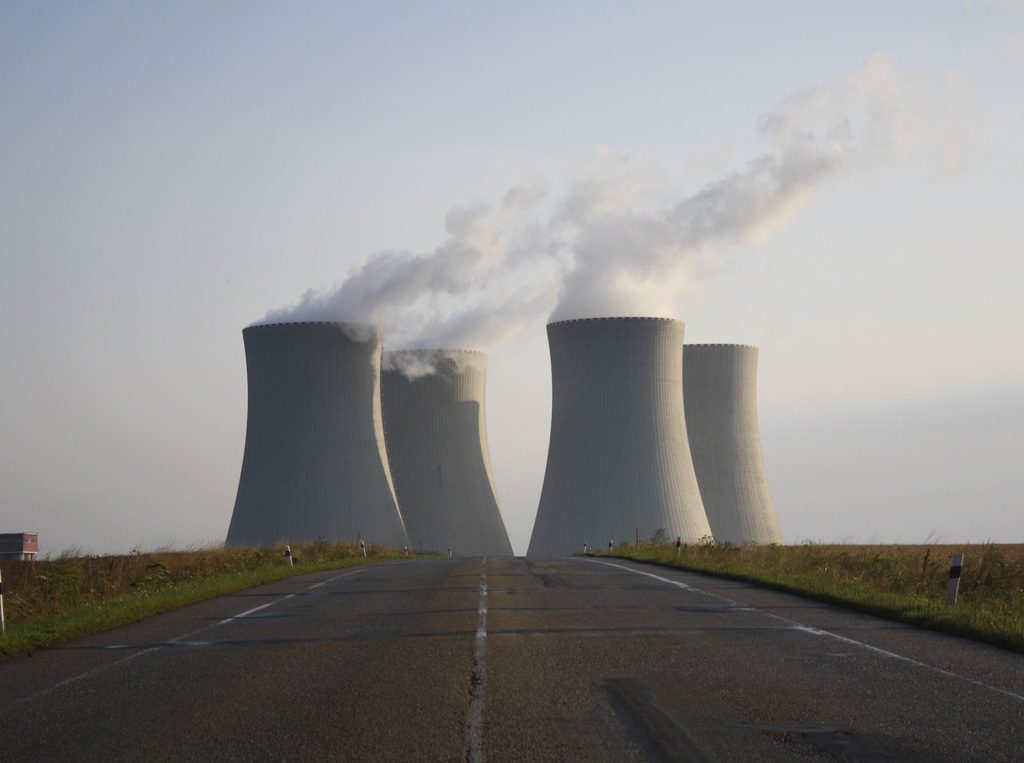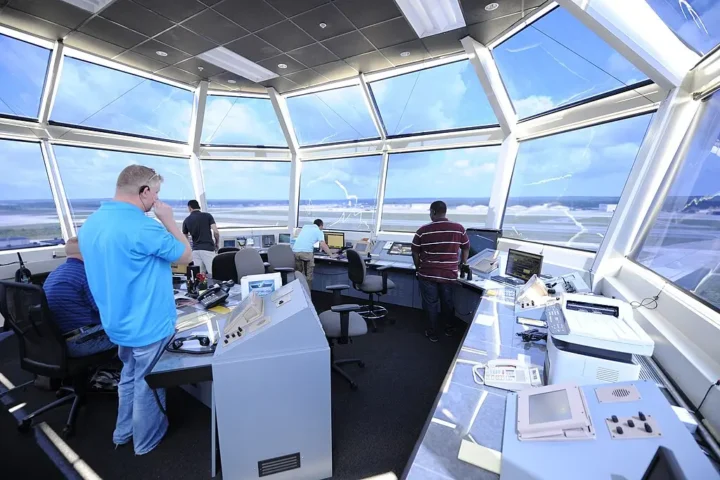The Europeans have thrown their hat into the hypersonic ring. ESA’s new Invictus program pairs with SABRE-derived precooler technology to create a hypersonic test platform.
Frazer-Nash now leads the Invictus development with Spirit AeroSystems and Cranfield University as key partners. The 12-month preliminary design phase funded through ESA’s GSTP and TDE programs will deliver a preliminary design for a vehicle targeting Mach 5 capability with horizontal takeoff.
“With INVICTUS, Europe is seizing the opportunity to lead in technologies that will redefine how we move across the planet and reach beyond it,” states Tommaso Ghidini, Head of ESA’s Mechanical Department. The platform allows engineers to swap thermal protection materials, control software, and propulsion components between flight campaigns – a practical approach for gathering real-world data.
The precooler technology that underpins Invictus tackles hypersonic flight’s biggest headache: managing extreme heat. The pre-cooler rapidly drops inlet air temperatures from around 1,000°C to near-ambient in less than 1/20th of a second. Reaction Engines validated this concept through ground testing before the company entered administration in late 2024, with many of its engineers now working at Frazer-Nash.
Similar Posts
The precooler technology allows standard materials and compressor designs to function even at hypersonic velocities. This hybrid approach functions as both air-breather (using atmospheric oxygen up to Mach 5.14) and traditional rocket (switching to carried oxygen at around 28.5 km altitude).
Hydrogen fuel powers the system, chosen for its energy density and cooling properties despite the handling complexities it introduces. The choice forces the program to address hydrogen storage, ground operations, and safety protocols at test facilities.
The Americans have taken a different path. Stratolaunch’s Talon-A test vehicle uses Ursa Major’s Hadley engine – a 5,000 lbf thruster employing oxygen-rich staged combustion. This approach runs oxidizer-rich in the preburner, producing oxygen-rich gas to drive the turbopump before entering the main combustion chamber.
Stratolaunch completed the first powered flight of Talon-A (TA-1) on March 9, 2024, with development toward reusable Talon-A2 flights continuing. Their design emphasizes reusability and operational durability rather than mode-switching.
These parallel development tracks highlight the trade-offs facing hypersonic vehicle designers. The air-breathing precooled concept promises better efficiency by harvesting oxygen from the atmosphere during lower-speed flight. The pure rocket approach used by Talon-A offers mechanical simplicity at the cost of carrying all oxidizer.
Both programs will generate valuable data on aerodynamics, thermal protection systems, and control dynamics at hypersonic velocities. ESA confirms a 12-month preliminary design phase for a fully reusable Mach-5-capable vehicle with horizontal takeoff; Frazer-Nash cites a goal to build and fly by early 2031.
Invictus is funded via ESA’s GSTP and TDE; materials cite dual-use potential; Frazer-Nash states project funding of €7 million. If these programs succeed, they could enable advances in space access technologies through reusable platforms.
For now, engineers focus on solving the fundamental challenges: creating engines and vehicles that withstand extreme conditions while remaining controllable and eventually reusable.
The Invictus program and SABRE-derived precooler technology were discussed in this article alongside the American Talon-A approach, examining their technical differences and testing progress.



















